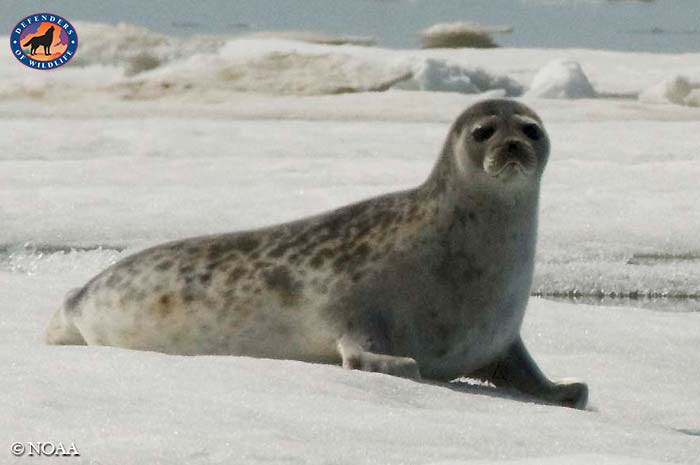How Much Money Will You Need To Execute A Recovery Plan For An Endangered Animal
The Toll of Underfunding
ESA Recovery Plans Edition
The Endangered Species Human action was passed into police force in 1973 equally a bipartisan argument on America's commitment to protecting species from extinction. Almost all of the species listed under the ESA are still with us today and dozens have been formally recovered, both of which are testament to the law's strengths. This might even be surprising when you consider that Congress has funded the ESA at less than 25% of what scientists say is needed to recover species. The long-term, chronic underfunding of the ESA has to take negative consequences for conserving the species nearly in demand of protection, just what does that await like for the species?

Scientific discipline is central to Defenders of Wild animals and to the work of the Centre for Conservation Innovation, and non just reviewing science to inform our advocacy, but conducting inquiry. We were interested in the consequences of underfunding the ESA on recovery plans, which are documents that lay out the threats to species, the actions needed to address the threats, and more. In other words, these are critical documents to guiding how we conserve species. We wrote a couple of calculator programs to collect all of the recovery plans from the Fish and Wild animals Service'south and National Marine Fisheries Service's websites, then analyzed the information to figure out many species have terminal recovery plans, how old the plans are, and where there might be systematic differences among species and regions of the United States.
Equally you would expect given the long-term underfunding of the ESA, the news isn't good. In a paper we published in the periodical Conservation Letters, we evidence:
- ¼ of ESA-listed species that are eligible for a recovery programme don't have a programme;
- the median age of plans is 22 years old; and
- in that location is a lot of variation in the historic period and completeness of plans for different groups of species, or species in different areas.

What does this hateful for species? Starting time, information technology means that almost 400 species, including species like the frosted flatwoods salamander, Poweshiek skipperling, and ringed seals, don't take a "handbook" to assist everyone understand how to get from the edge of extinction to full recovery. It ways that species like the indigo snake, whose recovery plan was written in 1982 — when the threats to the species were very dissimilar from today — don't have up-to-appointment information to help better conclusion-making. And it means that some species are more likely to get plans because they happen to be birds (87.6% of birds have plans, perhaps because of our attraction to them), or less likely to get a plan but because they are amphibians (62.ix%, perhaps because they are less well-known). Each of these points highlight the problems that ascend as Congress has failed to fulfill its duty to fund the ESA.


What can exist done? We have several suggestions. Some are policy revisions that can assist better the workflow and data availability of recovery planning. The Heart for Conservation Innovation is collaborating with the Fish and Wildlife Service and the Department of Defense on a pilot project to brand key components of recovery plans spider web-based so they can stay up-to-date. Only about importantly, Congress needs to step upwards to the plate and provide the funding that tin fulfill the promise we made as a nation to threatened and endangered species nearly fifty years ago.
Source: https://medium.com/wild-without-end/the-cost-of-underfunding-c485e67ff095
Posted by: hernandezflery1974.blogspot.com

0 Response to "How Much Money Will You Need To Execute A Recovery Plan For An Endangered Animal"
Post a Comment